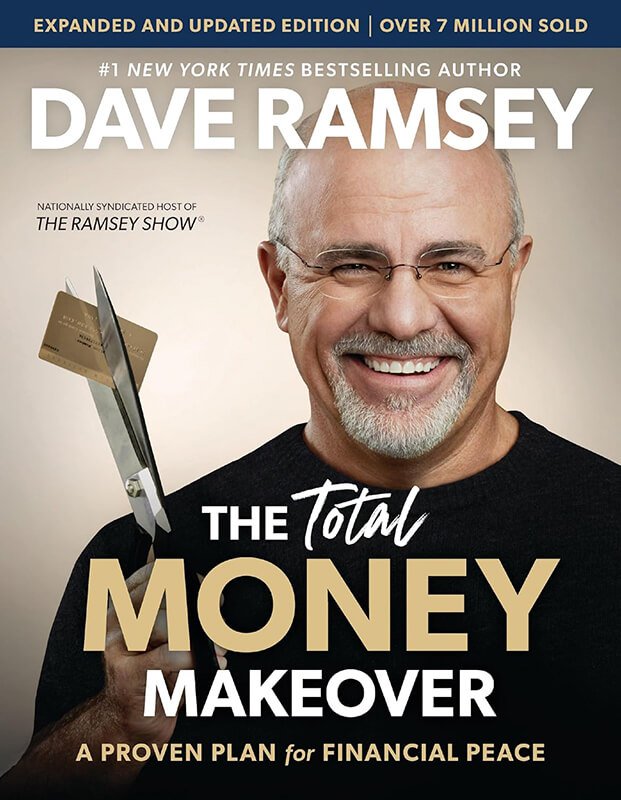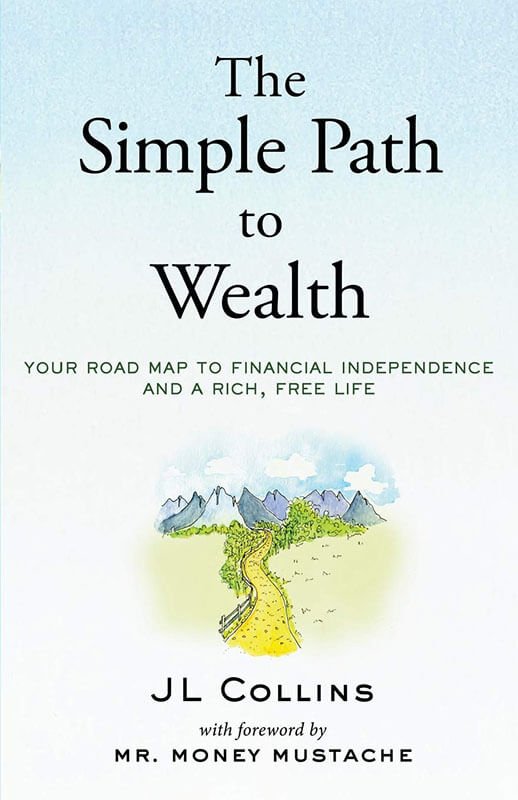“What to Do with Your Money When Crisis Hits: A Survival Guide” by Michelle Singletary offers timely wisdom for navigating economic uncertainty. Written in response to the global financial upheaval of recent years, this essential resource provides practical strategies for protecting your finances during challenging times while building long-term resilience.
With increasing geopolitical volatility, economic unpredictability, and the looming potential of future global crises – from climate-related disruptions to technological shifts in the job market to potential economic recessions – Singletary’s expertise comes at a crucial time for both seasoned investors and those just starting their financial journey.
Core Concepts
“What to Do with Your Money When Crisis Hits” is structured around three key principles:
- Building a crisis-proof financial foundation
- Making smart decisions during economic uncertainty
- Creating sustainable financial habits that weather any storm
Chapter-by-Chapter Review
Emergency Planning
Singletary begins with comprehensive emergency fund strategies, explaining how to build and maintain financial buffers. She provides practical formulas for calculating necessary savings and offers creative approaches to accelerate emergency fund growth. The chapter includes detailed worksheets for assessing your current financial vulnerability and creating a personalized emergency savings timeline, along with strategies for finding hidden money in your current budget.
Debt Management in Crisis
This chapter addresses handling various types of debt during financial hardship. Singletary outlines prioritization strategies for different debt types and provides negotiation scripts for creditor communications. She includes real-world examples of successful debt management during crisis situations, with specific guidance for handling mortgages, student loans, credit cards, and personal loans. The section on hardship programs and loan modifications is particularly valuable.
Income Protection
The author explores multiple approaches to income security, from developing side hustles to maximizing current employment benefits. She includes practical advice for unemployment benefits and temporary income solutions. The chapter details strategies for creating multiple income streams, protecting existing income sources, and preparing for potential job loss, with specific focus on building marketable skills and creating an income emergency response plan.
Smart Spending
Singletary presents a systematic approach to reducing expenses without sacrificing quality of life. The chapter includes innovative cost-cutting strategies and psychological techniques for spending control. She provides a comprehensive framework for evaluating essential versus non-essential expenses, along with strategies for reducing fixed costs and negotiating better rates for services. The section on maintaining quality of life while reducing expenses is especially practical.
Key Strengths
- Clear, actionable crisis response strategies
- Realistic approaches to building financial security
- Expert guidance on creditor negotiations
- Practical tools for expense reduction
Potential Drawbacks
- Some suggestions require significant lifestyle changes
- Limited coverage of investment strategies
- Focus primarily on U.S. financial systems
Who This Book Is For
- Anyone seeking to build financial resilience
- Individuals facing economic uncertainty
- People looking to strengthen their financial foundation
- Those recovering from financial setbacks
Final Review
“What to Do with Your Money When Crisis Hits” delivers practical, actionable advice for financial stability in uncertain times. In an era of increasing economic volatility, from market fluctuations to global disruptions, Singletary’s guidance provides a crucial roadmap for financial survival and recovery. The book’s strength lies in its realistic approach and immediately applicable strategies, particularly valuable as experts predict more financial challenges ahead in our interconnected global economy.
Rating: 4.5/5
This rating reflects the book’s excellent practical value and timely guidance, making it an essential resource for financial crisis preparation and management.

Alternative Books
For readers seeking additional perspectives on financial resilience and wealth-building strategies during uncertain times, these highly-rated books complement “What to Do with Your Money When Crisis Hits” with their unique approaches:

“The Psychology of Money” by Morgan Housel
Fundamental principles of building wealth and financial resilience
Rating: 4.7/5

“The Total Money Makeover” by Dave Ramsey
Step-by-step approach to financial stability and debt elimination
Rating: 4.7/5

“The Simple Path to Wealth” by JL Collins
Clear strategy for long-term financial independence and security
Rating: 4.6/5





